Direct Sunlight Plants
Direct Sunlight Plants
Some houseplants don't just tolerate direct sunlight—they thrive in it! These sun-loving varieties have adapted to handle intense light conditions and often need several hours of direct sun exposure daily to reach their full potential.
About Direct Sunlight Plants
Direct sunlight plants have evolved in environments with minimal shade, such as deserts, Mediterranean regions, or open grasslands. Their adaptations allow them to not only survive but flourish under the intense rays of direct sun that would damage more sensitive species.
Direct sunlight for houseplants typically refers to:
- Unobstructed south or west-facing windows where sun rays directly hit the plant for several hours
- Areas that receive 6+ hours of direct sun exposure daily
- Spots where you can see distinct sun beams or patches of sunlight moving across the space
- Locations that feel noticeably warmer during sunny periods due to the intensity of the light
These high-light plants often feature adaptations like thick, waxy leaves, specialized water storage tissues, or protective structures that allow them to thrive in conditions that would stress or damage other houseplants.
Direct Sunlight Plants Collection
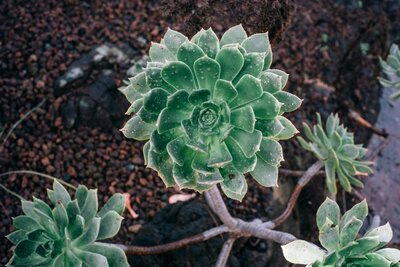
Aeonium
Aeonium spp.
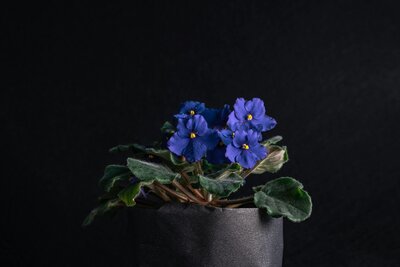
African Violet
Saintpaulia ionantha

Air Plants
Tillandsia spp.

Aloe Vera
Aloe barbadensis miller

Areca Palm
Dypsis lutescens
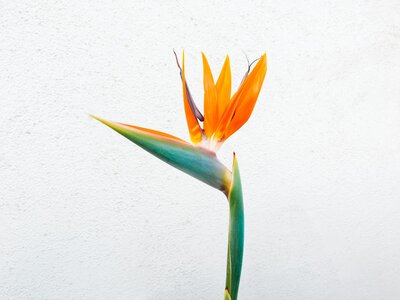
Bird of Paradise
Strelitzia nicolai
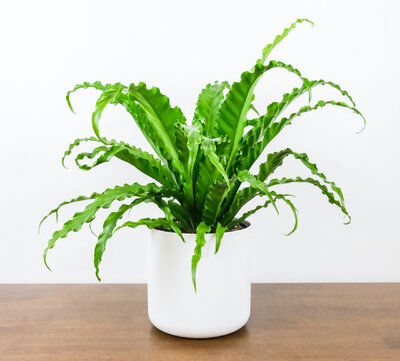
Bird's Nest Fern
Asplenium nidus
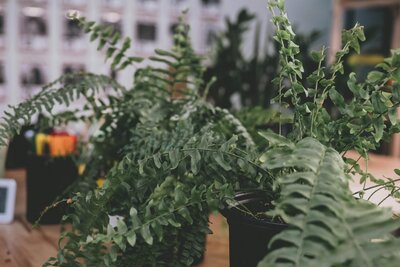
Boston Fern
Nephrolepis exaltata
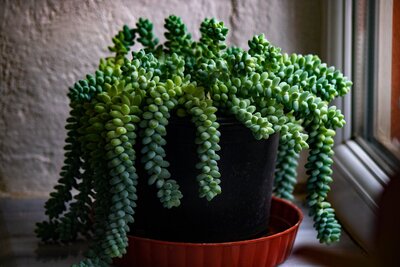
Burro's Tail
Sedum morganianum

Calathea
Calathea spp.
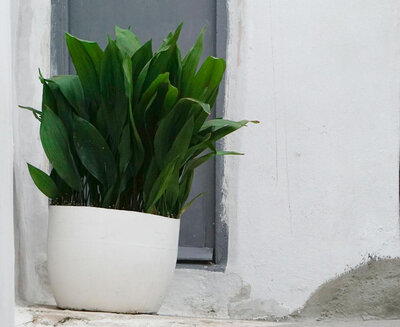
Cast Iron Plant
Aspidistra elatior

Chinese Evergreen
Aglaonema spp.

Chinese Money Plant
Pilea peperomioides
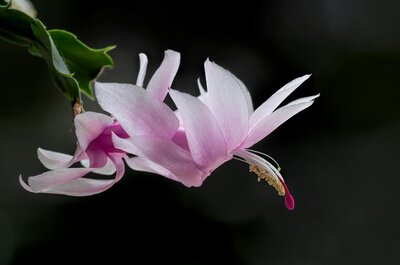
Christmas Cactus
Schlumbergera spp.

Croton
Codiaeum variegatum

Dracaena
Dracaena spp.
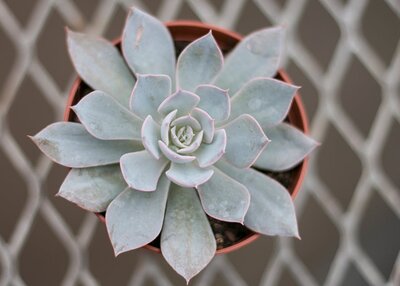
Echeveria
Echeveria spp.
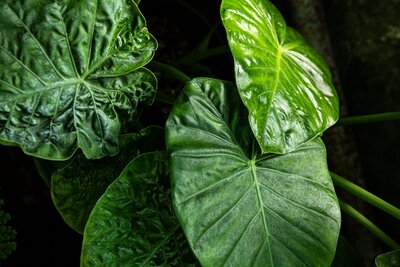
Elephant Ear
Alocasia spp.

English Ivy
Hedera helix
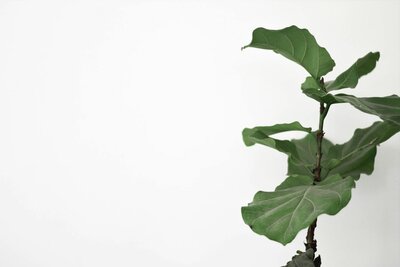
Fiddle Leaf Fig
Ficus lyrata

Haworthia
Haworthia spp.

Hoya
Hoya spp.

Jade Plant
Crassula ovata
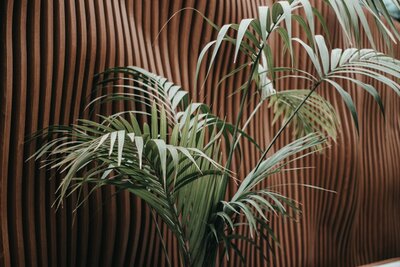
Kentia Palm
Howea forsteriana
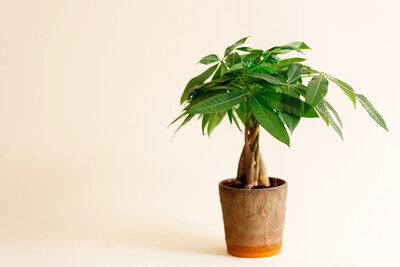
Money Tree
Pachira aquatica

Monstera Deliciosa
Monstera deliciosa

Nerve Plant
Fittonia albivenis
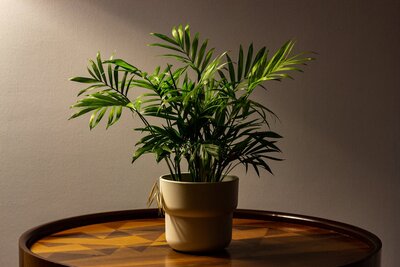
Parlor Palm
Chamaedorea elegans

Peace Lily
Spathiphyllum

Peperomia
Peperomia spp.

Philodendron
Philodendron spp.
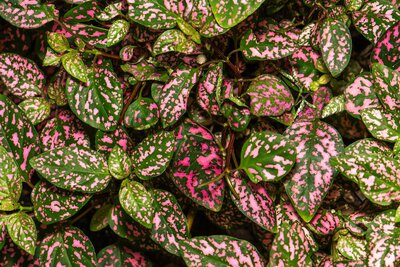
Polka Dot Plant
Hypoestes phyllostachya
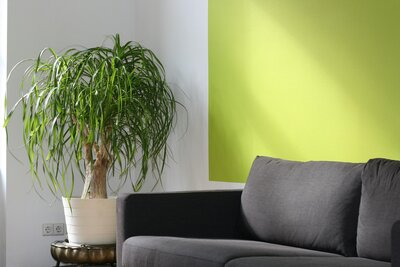
Ponytail Palm
Beaucarnea recurvata
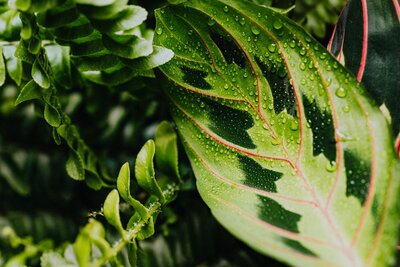
Prayer Plant
Maranta leuconeura
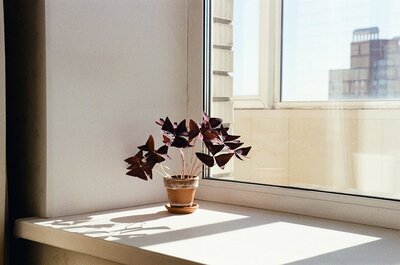
Purple Shamrock
Oxalis triangularis
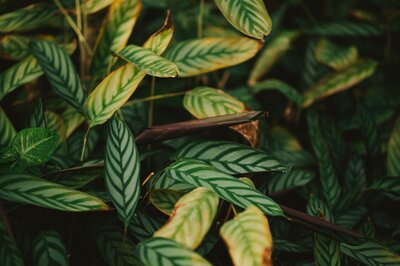
Rattlesnake Plant
Calathea lancifolia

Rex Begonia
Begonia rex-cultorum

Rubber Plant
Ficus elastica

Sensitive Plant
Mimosa pudica

Snake Plant
Sansevieria trifasciata

Spider Plant
Chlorophytum comosum

Staghorn Fern
Platycerium spp.

String of Hearts
Ceropegia woodii
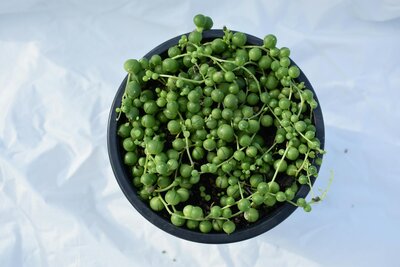
String of Pearls
Senecio rowleyanus
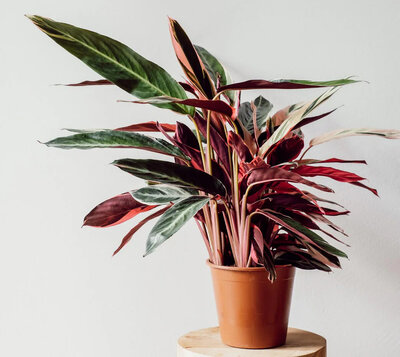
Stromanthe Triostar
Stromanthe sanguinea 'Triostar'
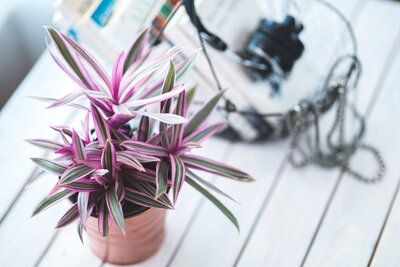
Tradescantia
Tradescantia spp.
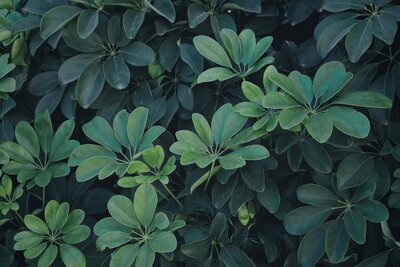
Umbrella Tree
Schefflera spp.
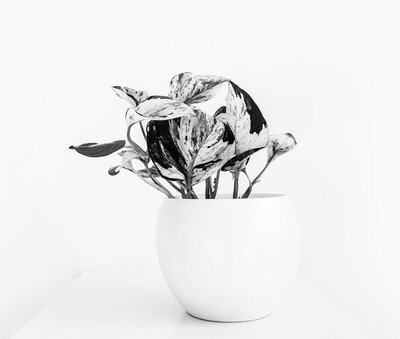
Watermelon Peperomia
Peperomia argyreia

ZZ Plant
Zamioculcas zamiifolia
Direct Sunlight Plant Care Tips
Acclimating to Direct Sun
Even sun-loving plants need proper introduction to intense light:
- Gradually acclimate new plants to direct sunlight over 1-2 weeks
- Start with 1-2 hours of morning sun, then slowly increase exposure
- Plants grown in greenhouses or stores may need more gradual acclimation
- Watch for signs of sunburn during the acclimation period (bleached patches or scorching)
- Consider seasonal changes in sun intensity - summer sun is more intense than winter sun
Watering Considerations
Direct sunlight affects watering needs significantly:
- Plants in direct sun typically need more frequent watering than those in lower light
- Soil dries out faster due to increased evaporation and plant transpiration
- Check soil moisture more frequently, especially during summer months
- Consider using terracotta pots for succulents and cacti to help prevent overwatering
- Water thoroughly when needed rather than providing frequent small amounts
Seasonal Adjustments
Sun exposure changes throughout the year:
- Be aware that winter sun is less intense and days are shorter
- You may need to relocate plants seasonally for optimal light
- Reduce watering in winter even for sun-loving plants
- Watch for signs of inadequate light during winter months
- Consider supplemental grow lights during winter in northern climates
Window Considerations
Window placement affects sun exposure:
- South-facing windows (in Northern Hemisphere) provide the most consistent direct light
- West-facing windows offer intense afternoon sun
- Window glass can intensify sunlight and heat, sometimes causing leaf burn
- Clean windows regularly to maximize light transmission
- Consider using sheer curtains during peak summer months if plants show signs of stress
Signs of Light Issues
Even sun-loving plants can have light problems:
- Too little light: Stretching toward light sources, pale or faded coloration, reduced flowering, slower growth
- Too much light (rare for these plants but possible): Bleached or white patches, crispy brown edges, wilting despite adequate water
- Just right: Compact growth habit, vibrant coloration (often with sun stress colors in succulents), abundant flowering when applicable
With proper care, direct sunlight plants can be some of the most rewarding and dramatic houseplants, offering unique forms, textures, and sometimes spectacular flowering displays that aren't possible with shade-loving varieties.
